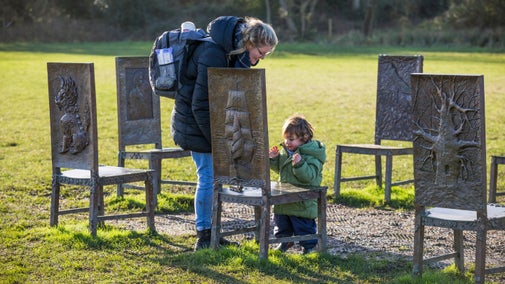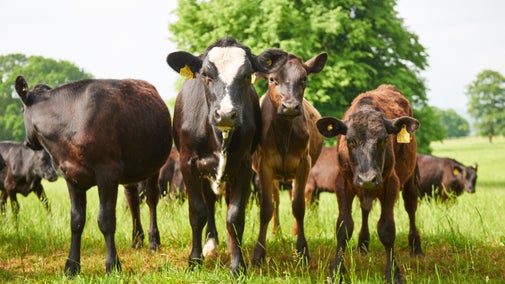
Become a member
Join today and help protect nature, beauty and history – for everyone, for ever. Enjoy access to more than 500 places with National Trust membership.
The birthplace of the Magna Carta. History, art and nature on the banks of the River Thames.
Windsor Road, near Old Windsor, Surrey, SL4 2JL (SatNav: TW20 0AE)

Enjoy an interactive kids’ nature walk, activities inside and outside an architectural artwork, willow sculptures with an added twist and a boat trip on the Thames.

Runnymede and Ankerwycke is a three pawprint rated place. Enjoy riverside walks and open countryside on a dog walk at Runnymede and Ankerwycke. Find out where dogs can explore and read the Canine Code.

Find out all about bringing your group to this peaceful riverside estate that’s home to open meadows and a variety of wildlife. Look out for notable memorials, art installations and the National Trust's oldest tree.

Please note that cattle graze in our meadows at Runnymede and at Ankerwycke, playing a vital role in improving biodiversity. Whilst you can walk across these meadows, for your own safety and the wellbeing of the cows, please take note of any signage at gates before entering these fields, keep a safe distance, and ensure dogs are kept on a lead at all times.

Boats are welcome to moor along the riverside at Runnymede. Mooring fees are £3 for up to 2 hours, £6 for up to 6 hours, or £9 for up to 24 hours. Seasonal mooring tickets are £40 allowing you to moor for up to 20 days per year (7 consecutive days max). Mooring fees can paid at the Magna Carta Tea-room, estate office, or by asking a member of staff. You can also pay online via the JustPark using the code 77772. Seasonal tickets cannot be purchased online.

Fishing fees are £6/day or £35/year (12 years and up) and £2.50/day or £12/year (under 12 years). Fishing permits can be purchased at the Magna Carta tea-room, estate office or ask a member of staff. You can also pay online via the JustPark app using the code 77770 (12yrs+) or 77771 (under 12yrs). Seasonal tickets cannot be purchased online. No fishing between 15 March - 15 June.

Map with walking routes and points of interest

Join today and help protect nature, beauty and history – for everyone, for ever. Enjoy access to more than 500 places with National Trust membership.